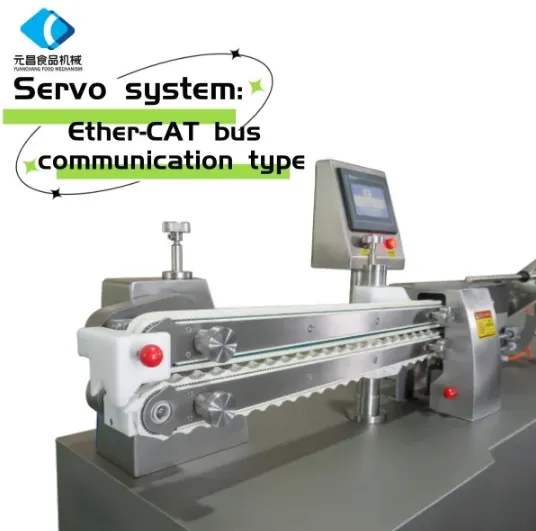- Afrikaans
- Albanian
- Amharic
- Arabic
- Armenian
- Azerbaijani
- Basque
- Belarusian
- Bengali
- Bosnian
- Bulgarian
- Catalan
- Cebuano
- chinese_simplified
- chinese_traditional
- Corsican
- Croatian
- Czech
- Danish
- Dutch
- English
- Esperanto
- Estonian
- Finnish
- French
- Frisian
- Galician
- Georgian
- German
- Greek
- Gujarati
- haitian_creole
- hausa
- hawaiian
- Hebrew
- Hindi
- Miao
- Hungarian
- Icelandic
- igbo
- Indonesian
- irish
- Italian
- Japanese
- Javanese
- Kannada
- kazakh
- Khmer
- Rwandese
- Korean
- Kurdish
- Kyrgyz
- Lao
- Latin
- Latvian
- Lithuanian
- Luxembourgish
- Macedonian
- Malgashi
- Malay
- Malayalam
- Maltese
- Maori
- Marathi
- Mongolian
- Myanmar
- Nepali
- Norwegian
- Norwegian
- Occitan
- Pashto
- Persian
- Polish
- Portuguese
- Punjabi
- Romanian
- Russian
- Samoan
- scottish-gaelic
- Serbian
- Sesotho
- Shona
- Sindhi
- Sinhala
- Slovak
- Slovenian
- Somali
- Spanish
- Sundanese
- Swahili
- Swedish
- Tagalog
- Tajik
- Tamil
- Tatar
- Telugu
- Thai
- Turkish
- Turkmen
- Ukrainian
- Urdu
- Uighur
- Uzbek
- Vietnamese
- Welsh
- Bantu
- Yiddish
- Yoruba
- Zulu
Automatic Lotion Filling Machine High-Speed Precision Packaging Solutions
- Overview of automated filling solutions in cosmetics and personal care industries
- Technical specifications comparison: Speed vs. precision analysis
- Market leaders in viscous product filling technology
- Custom engineering approaches for different product viscosities
- Real-world implementation in major manufacturing facilities
- Maintenance protocols and operational cost breakdown
- Future trends in intelligent filling system integration

(automatic lotion filling machine)
Essential Automation for Modern Lotion Production
The cosmetics industry requires filling accuracy within ±0.5ml for premium products, a tolerance that manual operations struggle to maintain consistently. Advanced filling systems now achieve 99.8% volumetric accuracy across viscosity ranges from 5,000 to 50,000 cP, accommodating diverse formulations from serums to thick creams.
Performance Benchmarking Analysis
| Model | Capacity (units/hour) | Viscosity Range (cP) | Accuracy | Changeover Time |
|---|---|---|---|---|
| Rotary Piston Filler | 1,200 | 1,000-20,000 | ±0.3% | 25min |
| Auger Filling System | 800 | 5,000-80,000 | ±0.7% | 40min |
| Positive Displacement Pump | 1,500 | 500-15,000 | ±0.2% | 15min |
Manufacturing Ecosystem Comparison
Leading equipment providers demonstrate distinct specialization areas. While Company A's servo-driven systems achieve 1.8-second cycle times for water-thin solutions, Company B's thermal-compensation technology maintains ±0.1°C temperature control for shear-sensitive formulations.
Adaptive Engineering Solutions
Modular configurations allow production lines to switch between 15ml travel sizes and 500ml bulk containers within 18 minutes. Integrated vision systems verify fill levels at 120fps, automatically adjusting parameters for products containing suspended exfoliating particles or metallic pigments.
Operational Efficiency Metrics
A 2023 implementation study revealed 34% reduction in material waste during high-volume production of SPF creams. The automated viscosity compensation feature prevented 2.3 tons of product loss monthly in a facility processing 80,000 units daily.
Sustainable Production Integration
Smart sensors now predict pump wear 72 hours before failure occurs, reducing unplanned downtime by 68%. Energy recovery systems capture 40% of motion energy from conveyor systems, achieving 12.7kWh daily power savings in continuous operation environments.
Intelligent Systems Revolutionizing Lotion Filling Operations
Machine learning algorithms optimize filling parameters in real-time, adapting to ambient temperature fluctuations and raw material batch variations. This neural network-driven approach has demonstrated 0.05% improvement in fill accuracy per 1,000 operational hours through continuous process refinement.

(automatic lotion filling machine)
FAQS on automatic lotion filling machine
Q: What are the key features of an automatic lotion filling machine?
A: An automatic lotion filling machine offers precise volume control, high-speed operation, and compatibility with various viscosities. It ensures minimal waste and hygienic handling, ideal for cosmetics, pharmaceuticals, and personal care products.Q: How does an automatic pouch filling machine handle different pouch sizes?
A: The machine uses adjustable sealing jaws and customizable filling nozzles to accommodate diverse pouch dimensions. Advanced models include servo-driven systems for real-time size adjustments and consistent accuracy.Q: Can an automatic paste filling machine handle high-viscosity products?
A: Yes, these machines are specifically designed for thick formulations like creams, ointments, or toothpaste. They utilize piston-driven or screw-filling mechanisms to ensure smooth, air-free dispensing of dense materials.Q: What maintenance is required for automatic lotion filling machines?
A: Regular cleaning of nozzles and valves, lubrication of moving parts, and sensor calibration are essential. Scheduled inspections for wear and tear on seals and gaskets help maintain optimal performance.Q: Are automatic pouch filling machines compatible with heat-sensitive liquids?
A: Many models feature cold-filling options and temperature-controlled hoppers to preserve product integrity. Non-contact filling systems can also minimize heat transfer during the packaging process.-
Vacuum Bowl Cutter ZKZB-125 | Hebei Yuanchang: Meat & Pet Food ProcessingNewsAug.15,2025
-
Vacuum Bowl Cutter ZKZB-125-Hebei Yuanchang Food Mechanism & Technology Co., Ltd.|Food Processing Technology,Vacuum ProcessingNewsAug.14,2025
-
Vacuum Bowl Cutter ZKZB-125-Hebei Yuanchang Food Mechanism & Technology Co., Ltd.NewsAug.14,2025
-
Meat Dicer Machine for Sale - Commercial & Home Use ModelsNewsAug.14,2025
-
Vacuum Bowl Cutter ZKB-125 - Hebei Yuanchang Food Mechanism & Technology Co., Ltd.|Precision & Efficiency in Food ProcessingNewsAug.14,2025
-
Vacuum Bowl Cutter ZKZB-125 - Hebei Yuanchang Food Mechanism & Technology Co., Ltd.NewsAug.13,2025










